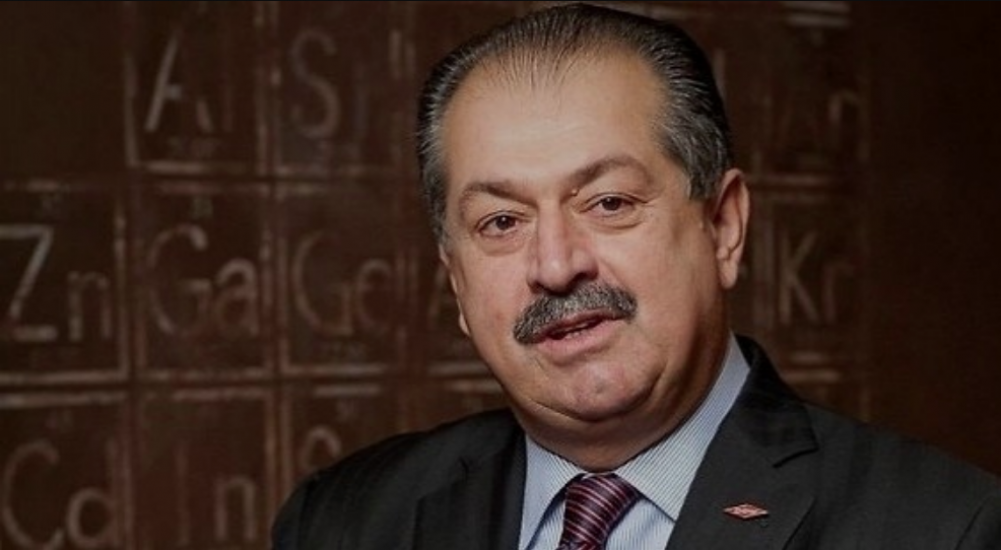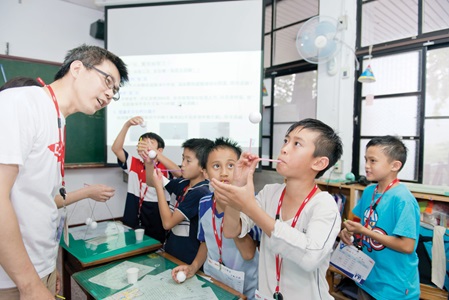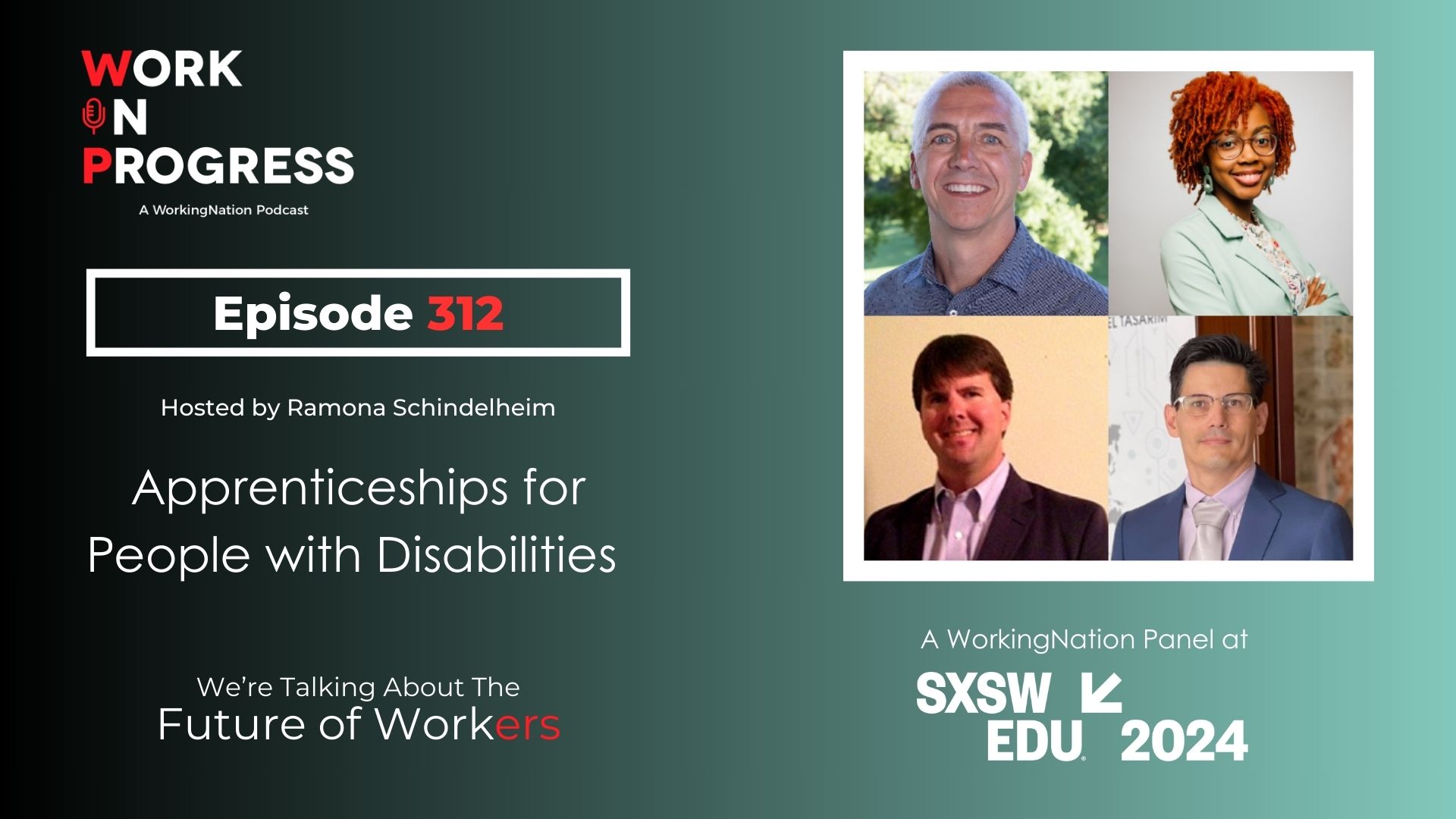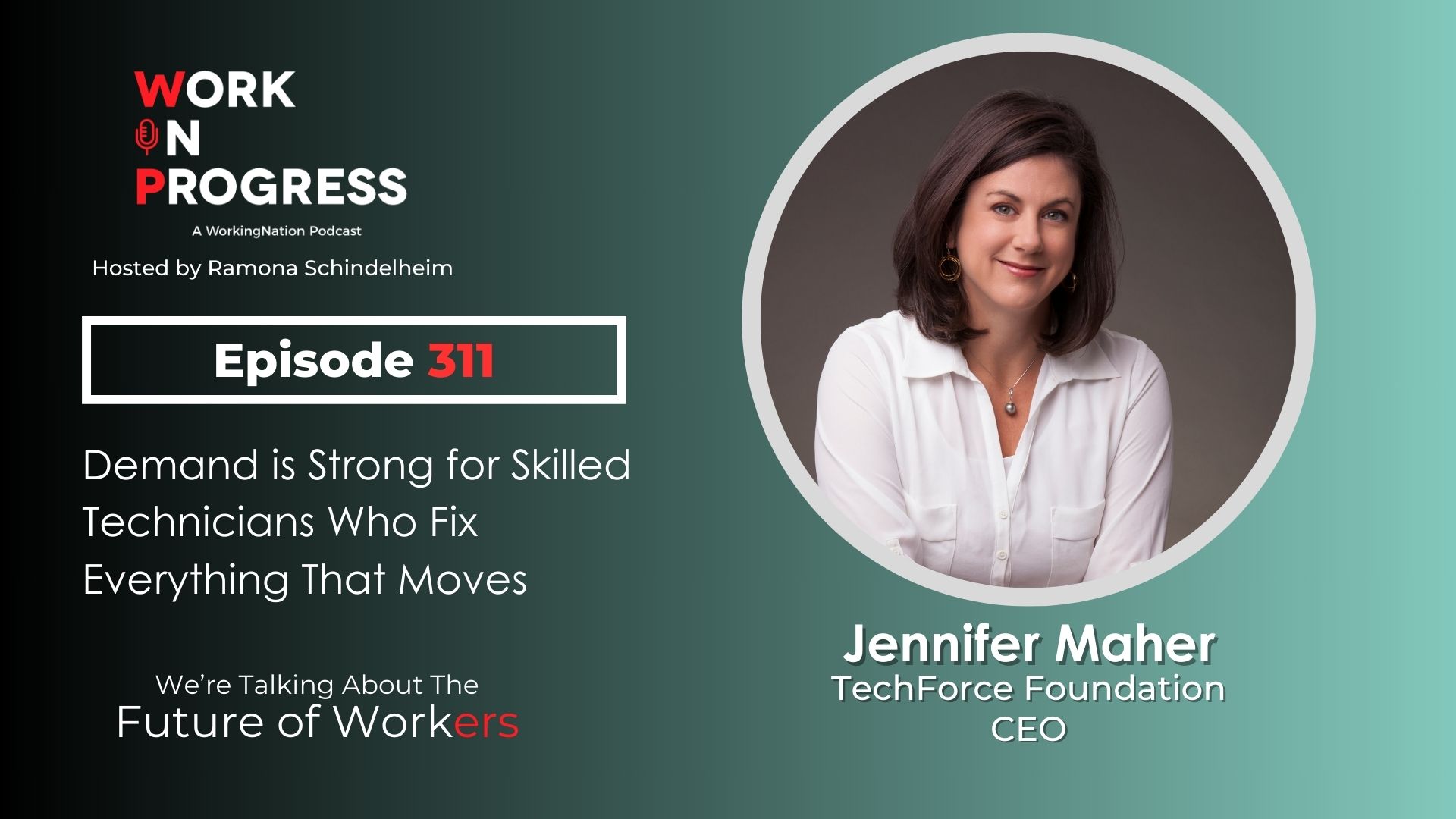WorkingNation consultant and workforce reporter Ramona Schindelheim is the featured writer for October. Schindelheim interviewed CEOs from four of America’s leading companies to get their take on closing the skills gap in the United States.
This week, Schindelheim interviewed CEO Andrew Liveris of Dow Chemical about solutions to the skills gap and how Dow is developing skilled workers through apprenticeships and STEM education outreach.
“Ultimately, closing the skills gap is not just about helping one company, one sector, or even one country succeed,” according to Andrew Liveris, CEO of Dow Chemical, a global, American company, and the world’s second-largest chemical company. “It is about addressing an array of global challenges, from climate change to food and water scarcity to the rising demand for sustainable housing and infrastructure. Innovation, driven by a workforce skilled in STEM, is the key to delivering the solutions that humanity needs.”
“The problem is not unique to the U.S.,” Liveris tells me. “As the global economy continues to rapidly evolve — and as digitalization, in particular, reshapes entire industries — world leaders are grappling with the question of how to reskill their workforces for the jobs of the future, especially in STEM.”
Liveris believes the current shortage of highly-skilled workers “is one of America’s greatest obstacles to economic competitiveness, sustained growth, and a healthy middle class” and represents a particularly urgent issue for American manufacturers, like his company. “Dow currently faces challenges in meeting all of our STEM workforce needs, particularly in identifying well-trained individuals to fill process technician and skilled-trades roles in some locations. As we look into the future, we do not see the steady stream of students entering into manufacturing STEM fields that are vital to invent and innovative new solutions to the world’s increasingly complex challenges.”
RELATED STORY: America’s top CEOs weigh in on closing the skills gap
The statistics Liveris cites are troubling. Ninety-nine percent of the new jobs created in the U.S. from 2008 to 2016 required some form of post-secondary education or training, though not necessarily a four-year degree. Compare that to the percent of students at U.S. colleges and universities majoring in STEM fields — less than 10 percent. “In addition to the hundreds of thousands of manufacturing job vacancies today, the sector is expected to add 3.5 million jobs over the next decade”, according to Liveris. “At the current rate, however, more than half of them — 2 million — will remain unfilled due to a lack of qualified candidates.”
To tackle the challenges of the 21st century says Liveris, “building the workforce of tomorrow must be one of our highest priorities.” He suggests “higher education alone will not solve the problem.”
Action speaks louder than words, and Dow Chemical is taking action. It is seeking short- and long-term solutions in public-private partnerships, an essential piece of keeping the high-skilled talent flowing into the workforce.
“In the U.S., we are looking into revamping apprenticeship programs, creating more technical two-year college programs, and developing a national skills certification so that employers have assurances that their workers are qualified, even without a four-year degree on their resumes,” says Liveris, who gave me some examples.
Dow’s U.S. Apprenticeship Program
“Developed alongside Siemens and Alcoa five years ago, (it) has grown to 130 apprentices across four states. Through partnerships between Dow and local community colleges, these apprentices work toward an associate’s degree in one of three specialized fields, with their tuition fully paid by Dow, while receiving three years of world-class training and on-the-job experience.”
Dow USAP Program
“(It) is a three-year program that is registered with the Department of Labor and includes both formal education (Associate’s degree) and on-the job training for Instrument Electrical Technician, Process Technician, and Millwright roles. While the program is open to all qualified candidates, we additionally market to high school students and military veterans. This is providing us with a great pipeline of highly qualified professionals to fill critical roles.”
Community College Partnerships
“We also partner with community colleges in communities near our largest sites. In Michigan, we have developed a Fast Start program with Delta Community College for rapid job placement in positions with our Michigan manufacturing sites. In Freeport, Texas, all of our process technology operators are hired from Brazosport College, which we work very closely with to help develop and sustain relevant curriculums.”
SEE ALSO: Delta College Fast Start™ programs ensure local talent is not for export
Liveris says Dow Chemical’s commitment to building the workforce of tomorrow needs to start even earlier, as early as grade school.
“We are committed to advancing manufacturing STEM fields by getting students excited about STEM subjects, supporting our educators, and creating career advancement pathways through global university and local community/technical college partnerships. Under my leadership, Dow has mobilized employee volunteers, known as STEM Ambassadors, to support teachers and inspire students by providing real-life examples to make technical concepts easier to understand and to share insights on exciting opportunities in STEM careers. In support of Dow’s 2025 Sustainability Goal to Engage Employees for Impact, in 2016 these more than 2,200 Dow STEM Ambassadors logged more than 25,000 STEM-related volunteer hours, supporting more than 1,900 teachers and enhanced STEM opportunities for more than 360,000 students.”
RELATED STORY: HII CEO Mike Petters on the value of apprenticeships
Beyond education, another solution to the high-skill talent shortage is expanding the point of view represented by its workforce. “I would be remiss if I didn’t share the importance of Dow’s commitment to championing diversity and inclusion in our workforce. When you work at the intersections of science and society, you cannot afford to have a narrow view of the world,” Liveris tells me. “By reflecting the differing experiences, backgrounds and perspectives of the world in which we operate, we can bring a total view to the solutions table, unleashing the power of the human element and enabling us to recruit and retain the best and the brightest.”
According to Liveris, fixing the skills gap is a global issue: “No single company or sector can tackle America’s workforce challenges on its own. In order to drive prosperity, we must all work together at the intersections of business, government, and civil society to provide the education and training, particularly in STEM, that is needed for this new generation of workers. STEM education and career fields drive the innovation needed to solve the major challenges humanity is facing. The bottom line is this: when we prepare our people to work for the global economy, then we can finally build a global economy that works for everyone.”
Join the Conversation: What can schools do to boost STEM education? Tell us your ideas on our Facebook page.
Coming Next Week: Sarepta CEO Doug Ingram talks about how his company and the biotech industry is responding to the skills gap.
Connect with Ramona via Twitter or her website. You can read her previous articles for WorkingNation at this link.












